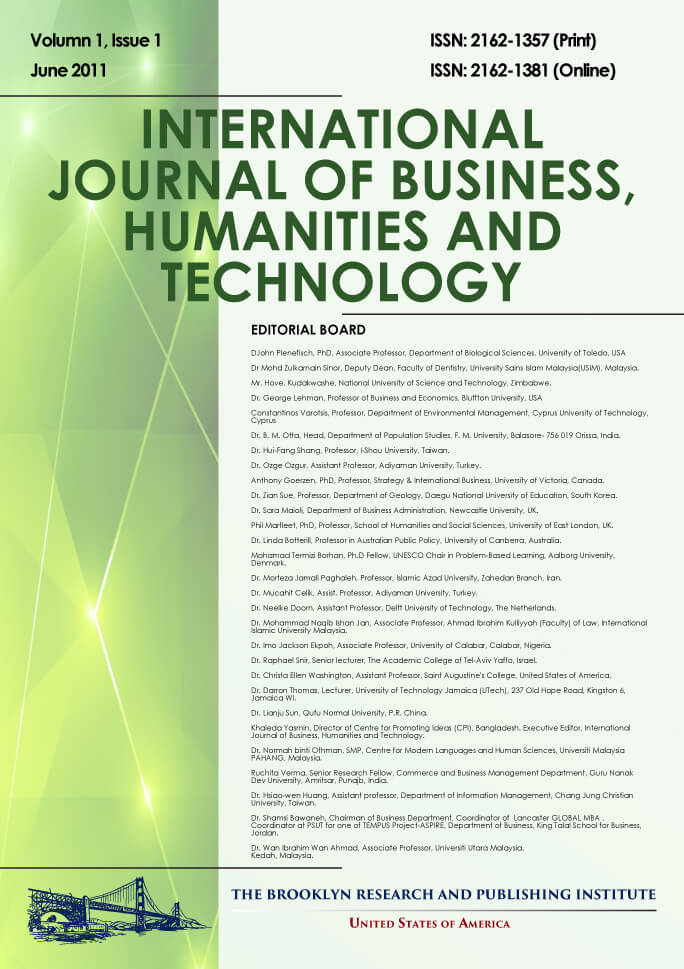Influence of the Binder on the Mechanical Properties of the Chromite Self-Reducing Pellets
Adolfo Pillihuaman Zambrano, Cyro Takano, Marcelo Breda Mourao, Solon Yasuhiko Tagusagawa
Abstract
Cold and hot mechanical strengths of the chromite self-reducing pellets agglomerated using different binders was
evaluated by means of compression and repeated falling tests. The behavior of hot strength was evaluated,
actually at room temperature, after the pellets were submitted at thermal treatment at 1173, 1273, 1373, 1473
and 1573K (900, 1000, 1100, 1200 and 1300° C). The binders used were: bentonite, hydrated lime, molasses,
carboxymethylcellulose (CMC) and sodium silicate. Initially materials (chromite, ferro-silicon, petroleum coke
and binders), were characterized by chemical and particle size analysis. After that, the materials were
agglomerated in the form of pellets P1, P2, P3, P4, P5, P6, with additions 0, 0.25, 0.5, 0.75, 1% bentonite and
1% bentonite with 0.2% CMC, respectively. Pellets P7, P8, P9, P10, P11, with additions of 0, 0.25, 0.5, 0.75, 1%
bentonite with 12% hydrated lime, respectively. Pellets P12, with additions of the 2% molasses and 8% hydrated
lime. Pellets P13, P14 and P15 with additions 1, 2 and 4% sodium silicate respectively. The compression test of
these green pellets were measured during 28 curing days. After that they were dried and also submitted for the
thermal treatments to evaluated the strength behavior after these treatments. The best result was found with the
pellet P15, containing 4% sodium silicate as binder, presented a cold compression strength of 5 kgf/pellet and
after thermal treatment at temperatures at 1173 and 1273K the compression strengths were of 15 kgf/pellet and
did not decrepitate.
Full Text: PDF


